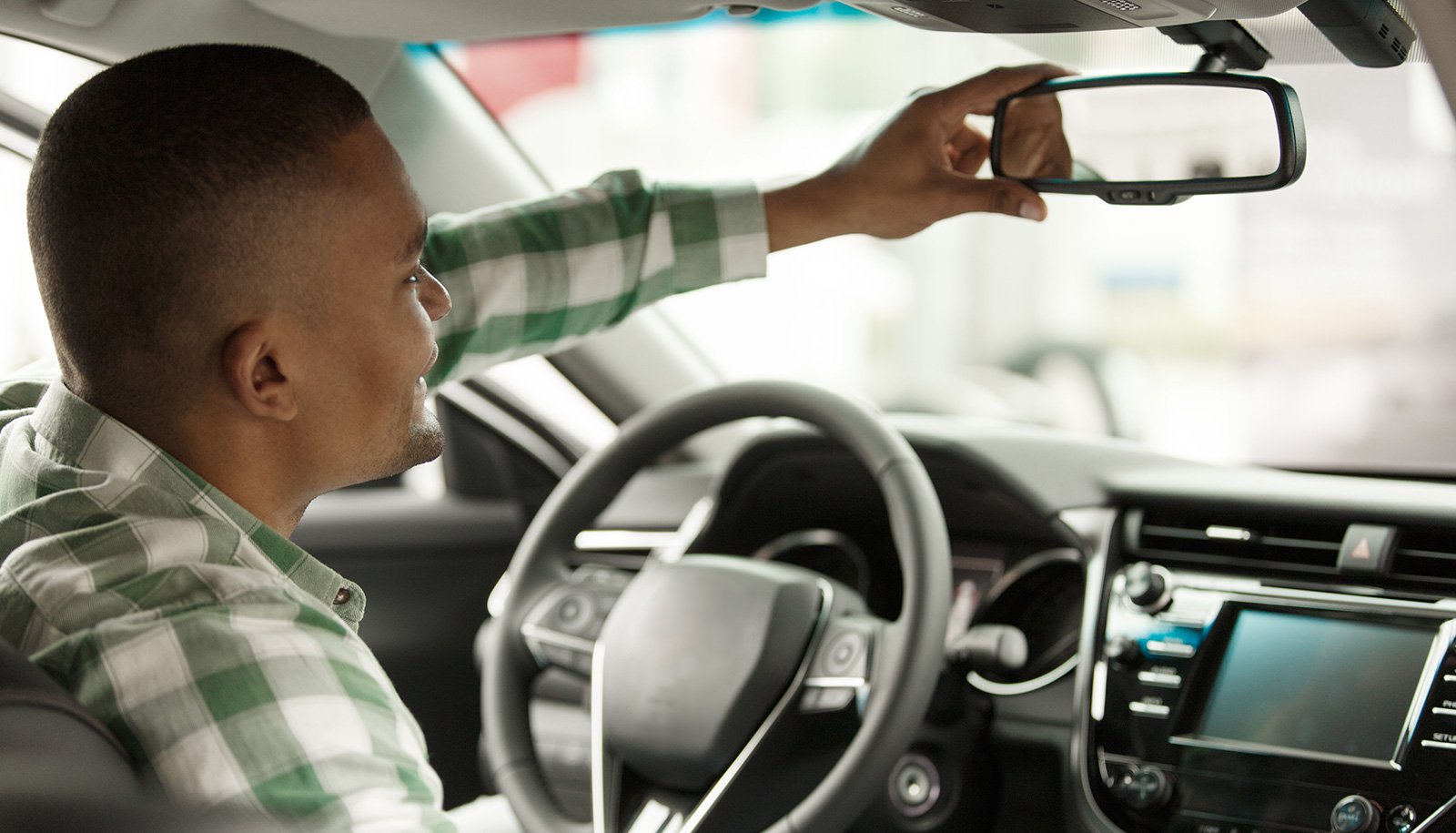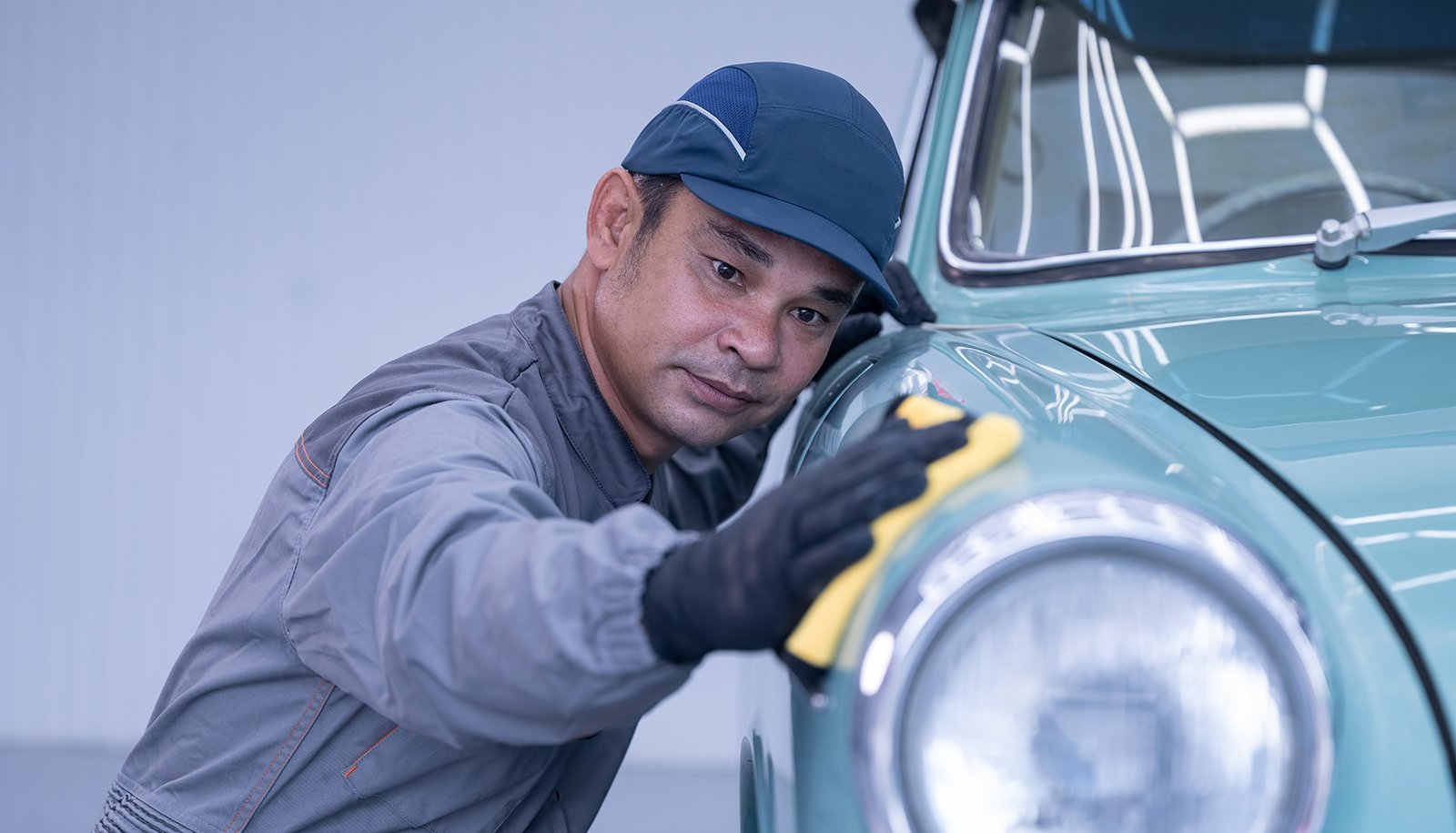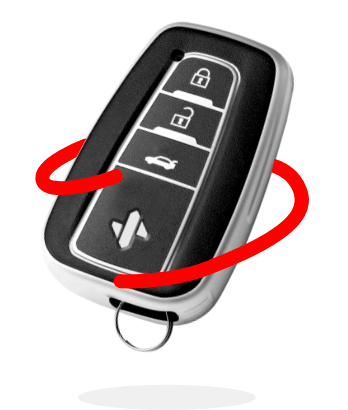Safe driving is not just about following the rules and regulations on the road. It's about being proactive, anticipating potential hazards, and making smart decisions in a split second. This is where the S.I.P.D.E. process comes into play.
S.I.P.D.E. stands for Scan, Identify, Predict, Decide, and Execute, and it's a method taught in driver education classes that helps drivers navigate safely. Let's break it down to understand how it works.
WHAT IS THE IMPORTANCE OF S.I.P.D.E. IN DRIVING?
The S.I.P.D.E. process is a proactive driving strategy that can significantly improve safety on the road. According to the National Highway Traffic Safety Administration, driver error is a factor in 94% of crashes.
By using the S.I.P.D.E. method, drivers can identify potential hazards early, predict their outcomes, decide on the best course of action, and execute it – reducing the chances of errors and accidents.
WHAT DOES S.I.P.D.E. MEAN?
Scan
Scanning is the first step in the S.I.P.D.E. process. It involves constantly moving your eyes to gather as much information as possible about your driving environment.
This isn't just limited to the road ahead; you should also scan your rear-view and side mirrors, and look out for pedestrians, cyclists, and other potential hazards. Scanning provides you with a 360-degree view of your surroundings.
Identify
Once you've scanned your environment, the next step is to identify potential hazards. These could be anything from a pedestrian crossing the road, a car changing lanes without signaling, or a traffic light turning red. By identifying these potential hazards early, you give yourself more time to react appropriately.
Predict
After identifying potential hazards, you need to predict what could happen next. This means asking yourself questions like, "What will happen if that car changes lanes?" or "What if that pedestrian steps onto the road?"
Predicting potential outcomes can help you prepare for a variety of situations.
Decide
The fourth step in the process is to decide what action to take based on your predictions. You might decide to slow down, change lanes, or even stop if necessary. The key is to make a decision that will help avoid an accident.
Execute
The final step is to execute the action you've decided on. This could involve steering, braking, accelerating, or a combination of these. The execution should be smooth and timely to ensure that you maintain control of your vehicle.
5 PRACTICAL TIPS FOR IMPLEMENTING S.I.P.D.E.
Implementing the S.I.P.D.E. process in your daily driving might seem overwhelming at first, but with practice, it can become second nature. Here are some tips to help implement S.I.P.D.E.:
- 1. Make scanning a habit. Try to avoid fixating on one point for more than two seconds.
- 2. When identifying potential hazards, consider all possibilities, including other drivers' actions, pedestrians, and road conditions.
- 3. Practice predicting outcomes in low-risk environments. This could be while you're a passenger in a car, or even watching traffic from the sidewalk.
- 4. Always have a plan B. If your initial decision doesn't work out, be ready to take alternative action.
- 5. Ensure your vehicle is in good working order. This will help you execute your decisions effectively.
Remember, the aim of the S.I.P.D.E. process is not to eliminate all risk, but to manage it effectively.
TEEN DRIVER OR NEW DRIVER SAFETY TIPS
As a parent of a new teen driver, it can be nerve-wracking to imagine your baby behind the wheel. The good news is there are plenty of steps you can take to make sure they stay safe on the road.
While it's important to ensure they have plenty of practice and have taken a driving education course, there are some additional precautions you can suggest:
- Encourage your teen driver to avoid all distractions, such as texting, eating, or playing with the radio, while they're driving.
- It's also crucial they always wear their seatbelt and adjust their mirrors properly.
- Finally, remind them to always keep a distance from the car in front of them and to pay attention to their surroundings to anticipate potential road threats.
With your help and guidance, your teen driver will be a safe and confident driver in no time!
TEEN DRIVER OR NEW DRIVER INSURANCE
When it comes to new driver insurance, it's no secret that the cost can be steep. Teenage drivers, in particular, are more costly to insure due to their lack of experience on the road.
However, there are ways to lower the cost and make it more manageable for parents. One option is to add the new driver to the parent's existing policy instead of getting a separate one. This can lower the cost compared to a stand-alone policy for the new driver.
Additionally, taking a defensive driving course or maintaining good grades can also potentially lower the cost of insurance. The average cost of a new driver or teen driver insurance varies depending on multiple factors such as location, age, and driving record. It's best to shop around and compare quotes from different insurance providers to find the best fit for your individual needs and budget.
Driving is a complex task that requires constant attention and quick decision-making. By incorporating the S.I.P.D.E. process into your driving habits, you can improve your ability to anticipate potential hazards and make safe driving decisions. So the next time you're behind the wheel, remember to Scan, Identify, Predict, Decide, and Execute.
And if you need help finding the best car insurance coverage for the best price, start by speaking to a SimplyIOA agent at 833.872.4467 or get an auto insurance quote online now.










